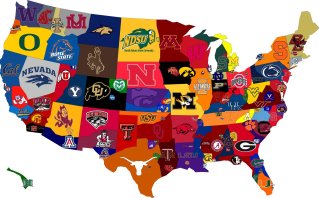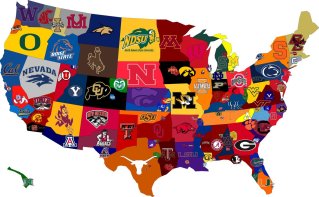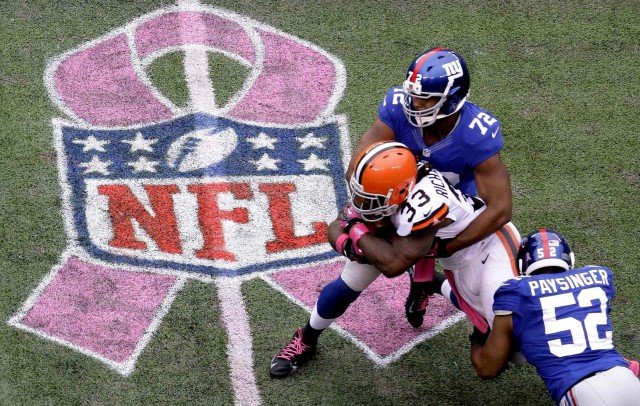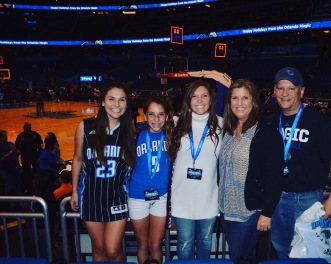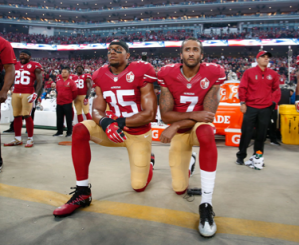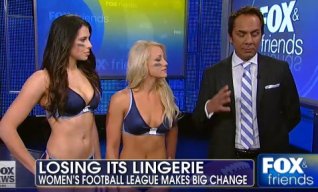Elena Oertel
“Replay it.”
This concept of replaying, pausing, fast-forwarding, rewinding, sharing, learning, and teaching about how to improve your game just got easier due to a new social media website geared towards sports. Hudl is the newest form of social media that allows people to upload videos of their game performances and has created a new space for “performance analysis for sports at every level.” Teams use it to upload and analyze games to study plays, edit and share highlights, flag sections, insert notes, and learn where they need to improve on.
Here’s a short clip of how Hudl works: https://vimeo.com/228279074.

This new form of social media is changing the sports world by trading in whiteboards and markers with 21st century technology of flat screens, tools, and subscriptions to Hudl. Hudl has been integrated into huge divisions including the NFL, NHL, and the NBA. The subscriptions have even reached the international level with teams like FC Barcelona, New Zealand All Blacks national rugby team, and English Premier League clubs. Recently, over 22,000 schools and colleges began using Hudl as a foundational coaching tool and a way to recruit new players.
Not only did Hudl make coaching and sharing easier, it changed the way that sports organizations operate. Revolutionizing sports with technology has allowed a world where shareable and editable replays are possible. Hudl is becoming a huge player in our capitalistic economy and has began expand its market by buying up smaller businesses. Recently Hudl has paired with Nike to create a new Hudl Combine app that lets players uploads stats to share with potential recruiters.
Its clear that Hudl has become a new space for sharing ideas, clips, and sports tips revolutionizing sports as a whole. This seems to only be the beginning. As technology continues to advance, sports will directly be affected; making me wonder if we will still be able to replay it.
Sources:
Hudl (2017). Hudl for Soccer Video.
Shaer, M. (2016). How hudl’s mobile-video software is transforming sports. Fast Company.
Vivian, J. (2017). The media of mass communication (12th ed.). New York, NY: Pearson Education.

